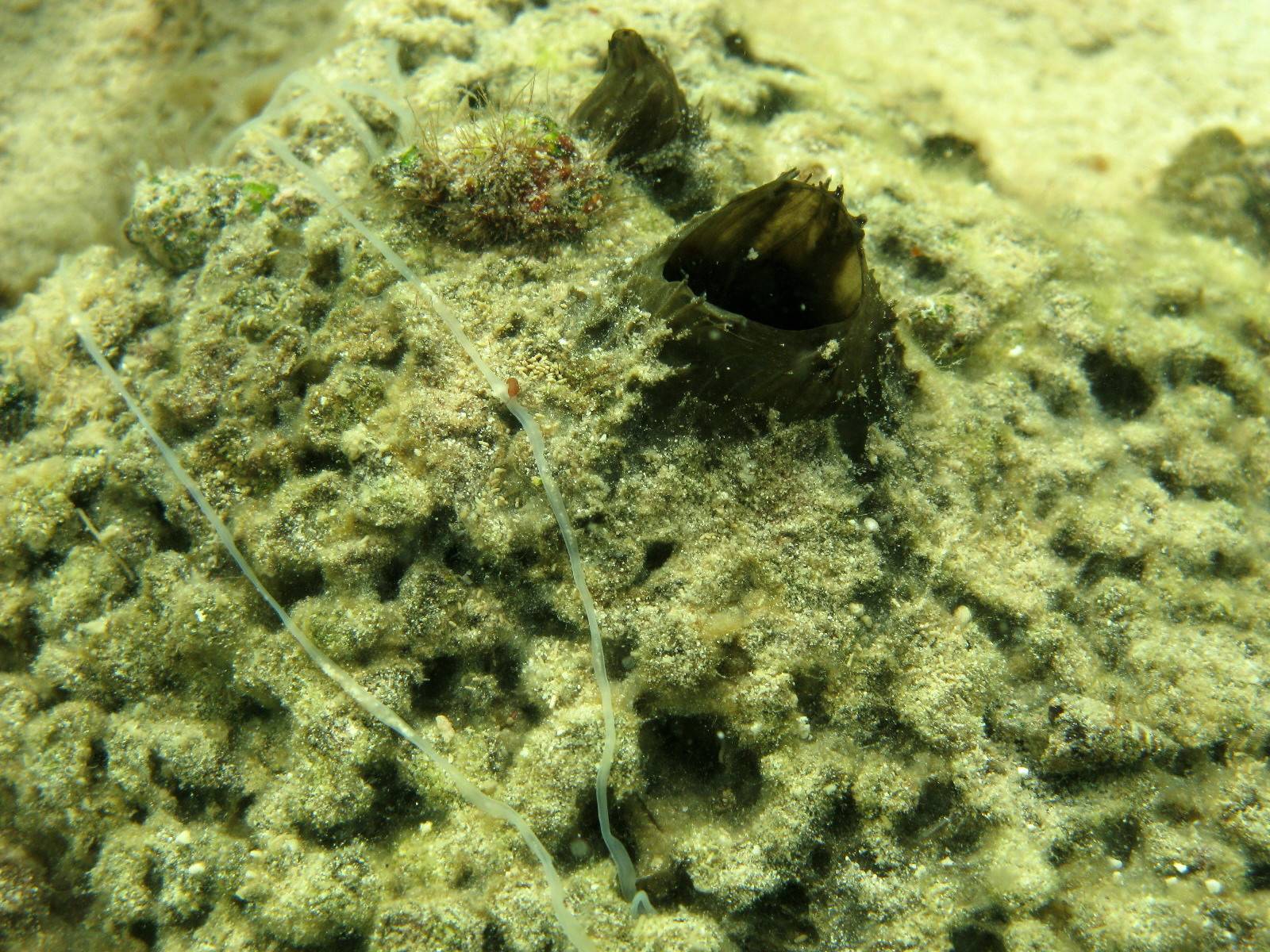This article originally appeared in the June/July 2020 issue of the Deep-sea Mining Observer. It is reprinted here with permission. For the latest news and analysis about the development of the deep-sea mining industry, subscribe to DSM Observer here: http://dsmobserver.com/subscribe/
Bioprospecting, the discovery of new pharmaceutical compounds, industrial chemicals, and novel genes from natural systems, is frequently cited among the critical non-mineral commercial activities that yield value from the deep ocean. Isolating new chemicals or molecular processes from nature can provide substantial benefits to numerous industries. The value of products derived from marine genetic resources alone is valued at $50 billion while a single enzyme isolated from a deep-sea hydrothermal vent used in ethanol production has an annual economic impact of $150 million.
In contrast to other extractive processes, bioprospecting is driven by and dependent on biodiversity. The greater the diversity and novelty of an ecosystem, the greater the likelihood that new compounds exist within that community. Bioprospecting is also viewed as light extraction, compounds only need to be identified once–actual production happens synthetically in the lab–thus leaving ecosystems relatively undisturbed compared to more intensive industries.
Despite the promise and importance of bioprospecting, there is generally a relatively poor understanding of what the process of discovery entails. How do researchers go from sponges on the seafloor to new antiviral treatments?
Read More “Bioprospecting in Practice: How a drug goes from the ocean to the clinic.” »
